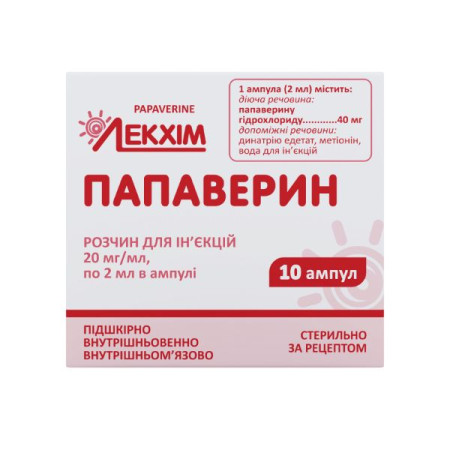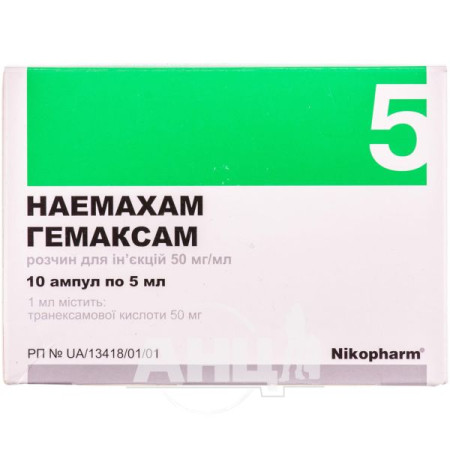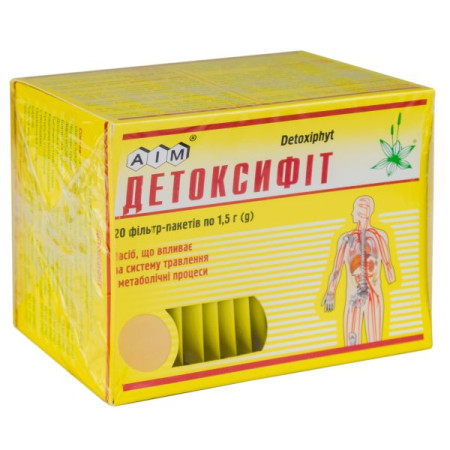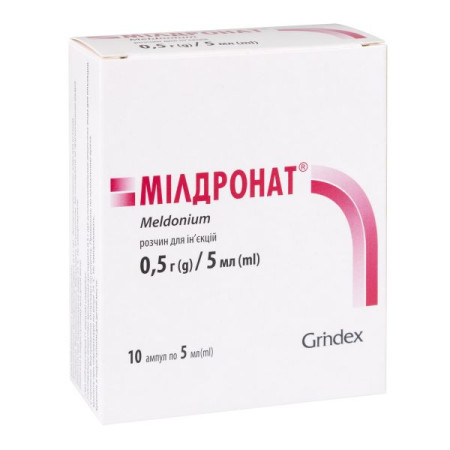Adrenaline-Darnitsa solution for injection 0.18% ampoule 1 ml No. 10
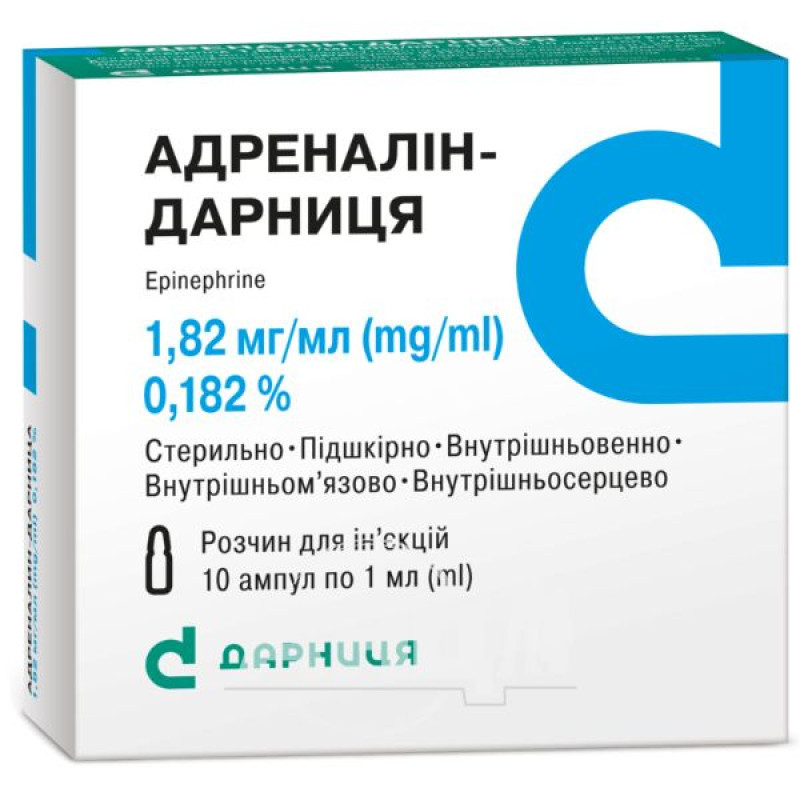
Instructions Adrenalin-Darnitsa solution for injection 0.18% ampoule 1 ml No. 10
Composition
active ingredient: epinephrine;
1 ml of solution contains epinephrine hydrotartrate (adrenaline tartrate) 1.82 mg;
Excipients: sodium metabisulfite (E 223), sodium chloride, water for injections.
Dosage form
Solution for injection.
Main physicochemical properties: clear colorless or slightly colored liquid.
Pharmacotherapeutic group
Non-glycoside cardiotonics. Adrenergic and dopaminergic drugs. ATX code C01C A24.
Pharmacological properties
Pharmacodynamics.
Belongs to natural hormones. It is formed by methylation of noradrenaline and deposition of the created adrenaline in the chromaffin tissue of the adrenal medulla. An adrenomimetic that acts on a- and b-adrenoreceptors. Adrenaline has a greater affinity for a2-, b2- and b3-adrenoreceptors, and a lower affinity for a1- and b1-adrenoreceptors.
The action is due to the activation of adenylate cyclase on the inner surface of the cell membrane, an increase in the intracellular concentration of cAMP and Ca2+. In very low doses, at an administration rate of less than 0.01 μg/kg/min, it can reduce blood pressure due to the expansion of skeletal muscle vessels. At an administration rate of 0.04-0.1 μg/kg/min, it increases the frequency and force of heart contractions, stroke volume and minute blood volume, and reduces total peripheral vascular resistance; above 0.02 μg/kg/min, it constricts blood vessels, increases blood pressure (mainly systolic) and total peripheral vascular resistance. The pressor effect can cause a short-term reflex slowdown in heart rate. Relaxes bronchial smooth muscles. Doses above 0.3 μg/kg/min reduce renal blood flow, blood supply to internal organs, tone and motility of the gastrointestinal tract. Dilates the pupils, helps reduce the production of intraocular fluid and intraocular pressure. Causes hyperglycemia (increases glycogenolysis and gluconeogenesis) and increases the plasma content of free fatty acids. Increases myocardial conductivity, excitability and automatism. Increases myocardial oxygen demand. Inhibits antigen-induced release of histamine and leukotrienes, eliminates bronchial spasm, prevents the development of edema of their mucous membrane. Acting on a-adrenoreceptors located in the skin, mucous membranes and internal organs, causes vasoconstriction, a decrease in the rate of absorption of local anesthetics, increases the duration and reduces the toxic effect of local anesthesia. Stimulation of b2-adrenoreceptors is accompanied by increased excretion of K+ from the cell and can lead to hypokalemia. When administered intracavernously, it reduces blood filling of the cavernous bodies. The therapeutic effect develops almost instantly with intravenous administration (duration of action - 1-2 minutes), 5-10 minutes after subcutaneous administration (maximum effect - after 20 minutes), with intramuscular administration the onset time of effect is variable.
Pharmacokinetics.
Absorption. It is well absorbed when administered intramuscularly or subcutaneously. The time to reach maximum blood concentration (TCmax) after subcutaneous and intramuscular administration is 3-10 minutes.
Distribution: Crosses the placenta and breast milk, does not cross the blood-brain barrier.
Metabolism. It is metabolized mainly by two enzymes - catechol-0-methyltransferase, which converts adrenaline in the liver and other tissues into metanephrine, and monoamine oxidase, with the participation of which it is converted into vanillylmandelic acid.
Excretion: Metabolites are excreted mainly as sulfuric acid conjugates and, to a lesser extent, in the urine as glucuronides. The half-life (T1/2) is 1-2 minutes.
Indication
Immediate-type allergic reactions: anaphylactic shock that developed when using drugs or serums or when in contact with allergens; bronchial asthma - stopping the attack; asystole; cardiac arrest; prolongation of the action of local anesthetics; acutely developed third-degree AV block.
Contraindication
Increased individual sensitivity to the components of the drug; hypertrophic obstructive cardiomyopathy; severe aortic stenosis; tachyarrhythmia; ventricular fibrillation; pheochromocytoma; angle-closure glaucoma; shock (except anaphylactic); general anesthesia with the use of inhalation agents: flurotan, cyclopropane, chloroform; II period of labor; use on the fingers and toes, nose, genitals.
Interaction with other medicinal products and other types of interactions
Epinephrine antagonists are α- and β-adrenergic receptor blockers.
When using the drug simultaneously with other drugs, it is possible:
with narcotic analgesics and hypnotic drugs - weakening of their effects;
with cardiac glycosides, quinidine, tricyclic antidepressants, dopamine, inhalation anesthesia agents (chloroform, enflurane, halothane, isoflurane, methoxyflurane), cocaine - increased risk of arrhythmias;
with other sympathomimetic agents – increased severity of side effects from the cardiovascular system;
with monoamine oxidase inhibitors (including furazolidone, procarbazine, selegiline) - sudden and pronounced increase in blood pressure, hyperpyretic crisis, headache, cardiac arrhythmias, vomiting;
with nitrates – weakening of their therapeutic effect;
with phenoxybenzamine – increased hypotensive effect and tachycardia;
with phenytoin – sudden decrease in blood pressure and bradycardia, depending on the dose and rate of adrenaline administration;
with thyroid hormone medications – mutual enhancement of the effect;
with astemizole, cisapride, terfenadine – prolongation of the QT interval on the ECG;
with diatrizoates, iothalamic or ioxaglycic acids – increased neurological effects;
with ergot alkaloids – increased vasoconstrictor effect up to severe ischemia and development of gangrene;
with hypoglycemic drugs (including insulin) - reduced hypoglycemic effect.
Application features
Administer intracardially for asystole if other methods of its elimination are unavailable, with an increased risk of cardiac tamponade and pneumothorax.
If infusion is necessary, a device with a measuring device should be used to regulate the infusion rate. The infusion should be carried out into a large, preferably central, vein.
During infusion, monitoring of serum K+ concentration, blood pressure, diuresis, ECG, central venous pressure, and pulmonary artery pressure is recommended.
The use of the drug by patients with diabetes increases glycemia, which requires higher doses of insulin or sulfonylurea derivatives.
Adrenaline is not advisable to use for a long time, as it may cause peripheral vascular constriction, leading to the development of necrosis or gangrene.
When stopping treatment, the dose of adrenaline should be reduced gradually, as abrupt withdrawal of therapy may lead to severe hypotension.
Use with caution in patients with ventricular arrhythmia, ischemic heart disease, atrial fibrillation, arterial hypertension, pulmonary hypertension, myocardial infarction (if it is necessary to use the drug in myocardial infarction, it should be remembered that adrenaline can increase ischemia by increasing the myocardial oxygen demand), with metabolic acidosis, hypercapnia, hypoxia, hypovolemia, thyrotoxicosis, in patients with occlusive vascular diseases (arterial embolism, atherosclerosis, Buerger's disease, cold injury, diabetic endarteritis, Raynaud's disease; since there is a risk of necrosis and gangrene, it is necessary to monitor the state of peripheral circulation), cerebral atherosclerosis, Parkinson's disease, convulsive syndrome, prostatic hypertrophy.
In case of hypovolemia, patients should be adequately hydrated before using sympathomimetics.
Use during pregnancy or breastfeeding
Controlled studies on the use of adrenaline in pregnant women have not been conducted.
Do not use during labor to correct arterial hypotension, as the drug may prolong the II stage of labor by relaxing the uterine muscles. When administered in large doses to weaken uterine contractions, it may cause prolonged uterine atony with bleeding.
If necessary, use of the drug should stop breastfeeding.
Ability to influence reaction speed when driving vehicles or other mechanisms
During treatment with the drug, it is not recommended to drive vehicles and engage in other potentially dangerous activities that require increased concentration and speed of psychomotor reactions.
Method of administration and doses
The drug is administered subcutaneously, intramuscularly, sometimes intravenously or by intravenous drip.
Adults.
Anaphylactic shock: the drug is administered intravenously slowly in a dose of 0.5 ml, in diluted form (a single dose is dissolved in 20 ml of 40% glucose solution). In the future, if necessary, continue intravenous drip administration at a rate of 1 μg/min, for which 1 ml of adrenaline solution is dissolved in 400 ml of 0.9% sodium chloride solution or 5% glucose. If the patient's condition allows, intramuscular or subcutaneous administration of 0.3-0.5 ml of the drug in diluted or undiluted form is more appropriate.
Bronchial asthma: the drug is administered subcutaneously in a dose of 0.3-0.5 ml, diluted or undiluted. If necessary, this dose can be administered every 20 minutes (up to 3 times). It is also possible to administer 0.3-0.5 ml of the drug in a diluted form intravenously (a single dose is dissolved in 20 ml of 40% glucose solution).
As a vasoconstrictor: the drug is administered intravenously by drip at a rate of 1 mcg/min (with a possible increase to 2-10 mcg/min).
Asystole: administer the drug intracardially at a dose of 0.5 ml in diluted form (dissolve a single dose in 10 ml of 0.9% sodium chloride solution).
Prolongation of the action of local anesthetics: the drug should be administered at a concentration of 1:50,000-1:100,000. The dosage depends on the type of anesthetic.
For children.
Asystole in infants: administer the drug intravenously slowly at a dose of 10-30 mcg/kg body weight every 3-5 minutes.
Anaphylactic shock: the drug is administered subcutaneously or intramuscularly at a dose of 10 mcg/kg body weight (maximum - up to 0.3 mg). If necessary, repeat the administration every 15 minutes (up to 3 times).
Bronchospasm: the drug is administered subcutaneously at a dose of 10 mcg/kg of body weight (maximum - up to 0.3 mg). If necessary, the administration is repeated every 15 minutes (up to 3-4 times) or every 4 hours.
Children.
The medicine can be used in children.
Overdose
Symptoms: excessive increase in blood pressure, tachyarrhythmia alternating with bradycardia, heart rhythm disturbances (including atrial and ventricular fibrillation), coldness and pallor of the skin, vomiting, fear, anxiety, tremor, headache, metabolic acidosis, myocardial infarction, intracranial hemorrhage (especially in elderly patients), pulmonary edema, renal failure, fatal outcome. When administered in large doses (the minimum lethal dose for subcutaneous administration is 10 ml of a 0.18% solution), mydriasis develops, a significant increase in blood pressure, tachycardia with a possible transition to ventricular fibrillation.
Treatment: discontinuation of the drug. Adrenaline overdose can be eliminated by using α- and β-blockers, fast-acting nitrates. In severe complications, complex therapy is necessary. In case of arrhythmia, parenteral administration of β-blockers should be prescribed.
Side effects
The following adverse reactions may occur when using the medicine.
Gastrointestinal: nausea, vomiting, anorexia.
On the part of the kidneys and urinary system: rarely - difficult and painful urination (with prostatic hyperplasia).
Metabolism and metabolism: hypokalemia, hyperglycemia.
From the nervous system: headache, tremor, dizziness, nervousness, muscle twitching, in patients with Parkinson's disease, increased rigidity and tremor are possible.
On the part of the psyche: anxiety, psychoneurotic disorders, psychomotor agitation, disorientation, memory impairment, aggressive or panic behavior, schizophrenia-like disorders, paranoia, sleep disorders.
On the part of the heart: angina pectoris, bradycardia or tachycardia, palpitations, shortness of breath; at high doses - ventricular arrhythmias; rarely - arrhythmia, chest pain; ECG changes (including a decrease in the amplitude of the T wave).
Vascular: decrease or increase in blood pressure (even with subcutaneous administration in usual doses, subarachnoid hemorrhage and hemiplegia are possible due to increased blood pressure).
Immune system disorders: angioedema, bronchospasm.
Skin and subcutaneous tissue disorders: skin rash, erythema multiforme.
General disorders and administration site conditions: pain or burning at the site of intramuscular injection; fatigue, increased sweating, thermoregulation disorders (feeling cold or hot), cold extremities; with repeated injections of adrenaline, necrosis may occur due to the vasoconstrictive effect of adrenaline (including necrosis of the liver or kidneys).
Expiration date
2 years.
Storage conditions
Store in the original packaging at a temperature of 2 ° C to 8 ° C. Do not freeze.
Keep out of reach of children.
Incompatibility
Do not mix in the same syringe with solutions of acids, alkalis and oxidants due to the possibility of chemical interaction with the active substance.
Packaging
1 ml in an ampoule; 5 ampoules in a contour blister pack; 2 contour blister packs in a pack; 10 ampoules in a contour blister pack; 1 contour blister pack in a pack.
Vacation category
According to the recipe.
Producer
PrJSC "Pharmaceutical Company "Darnitsa".
There are no reviews for this product.
There are no reviews for this product, be the first to leave your review.
No questions about this product, be the first and ask your question.




